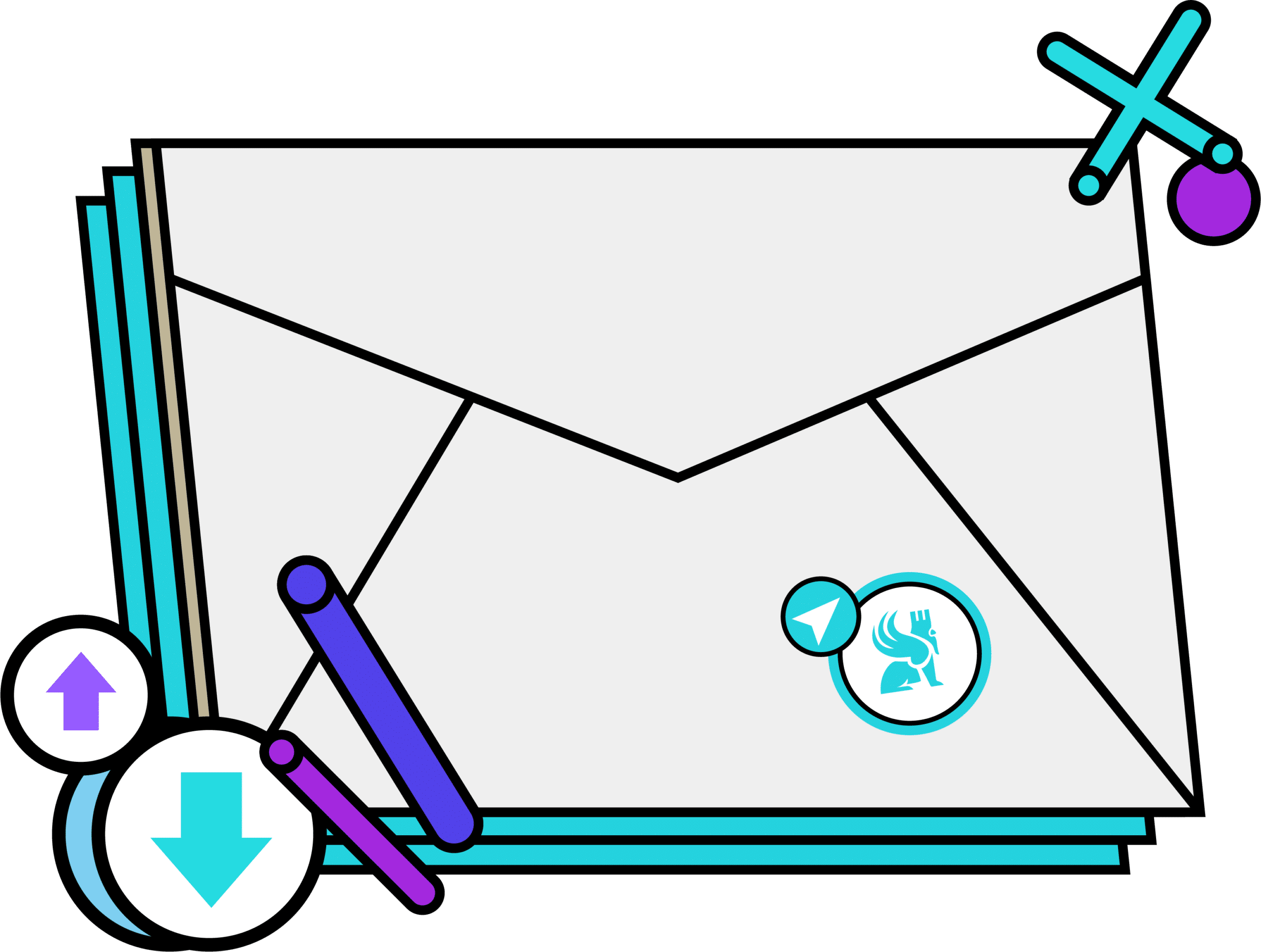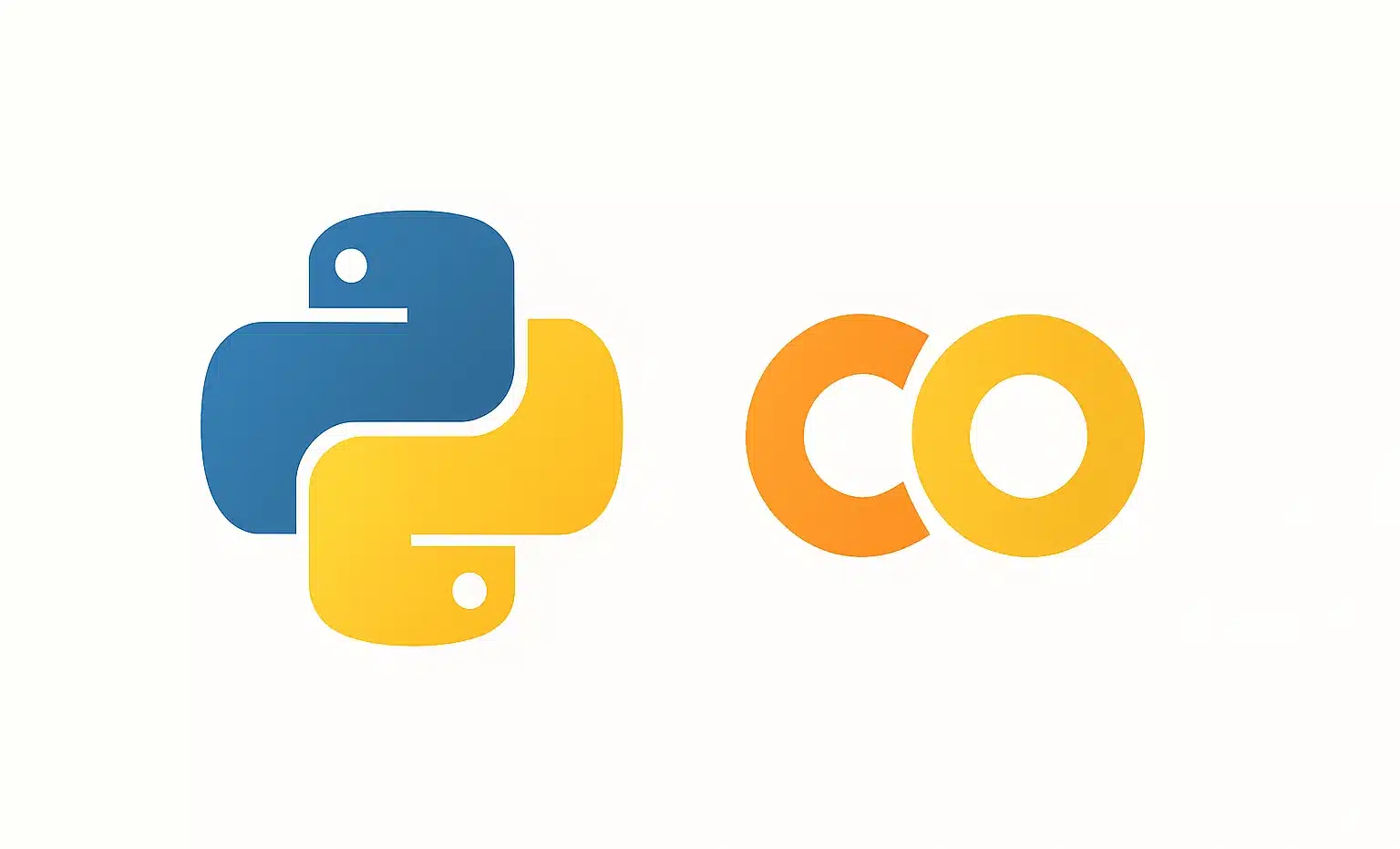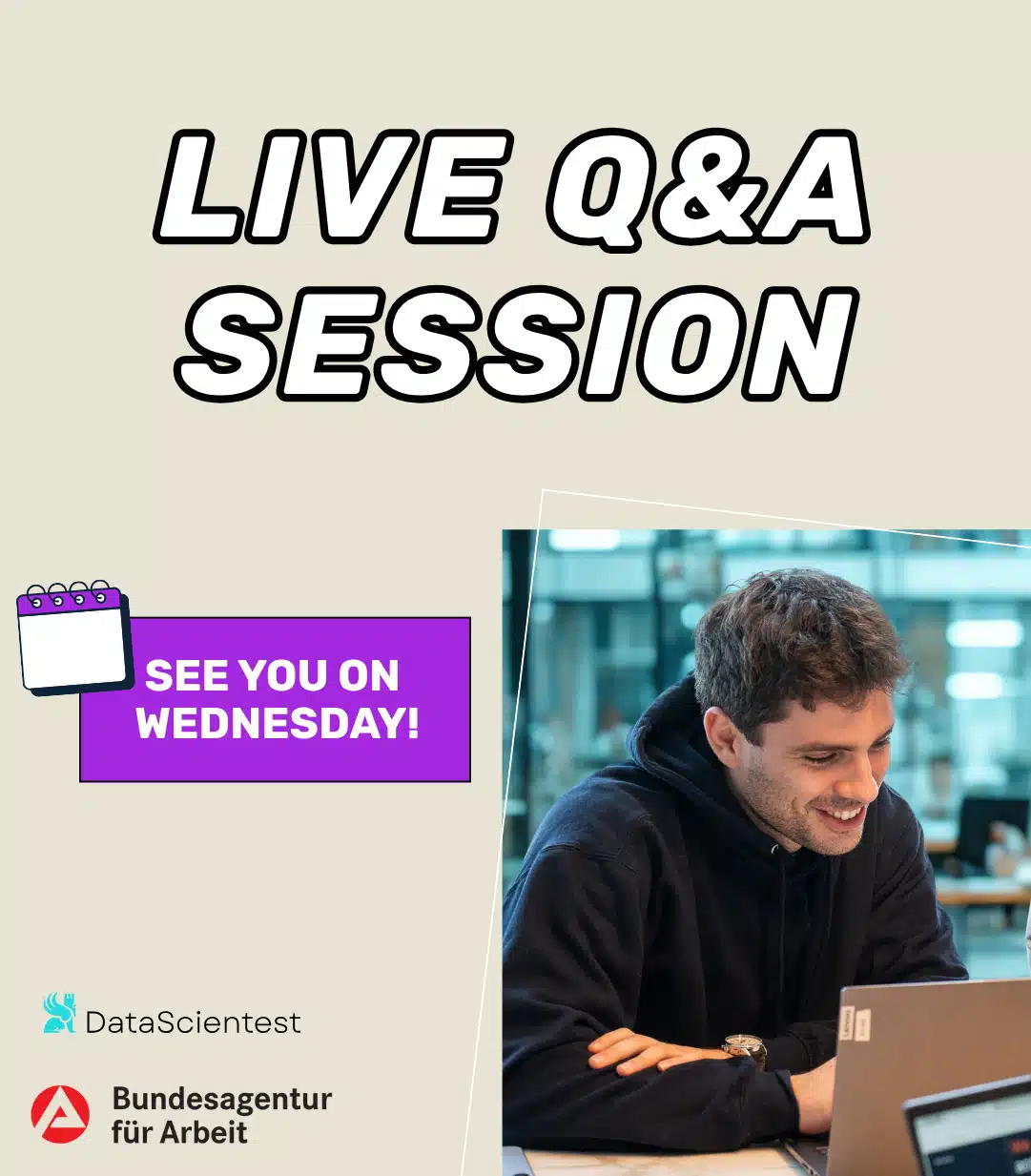Bubble.io is a no-code platform that enables you to create comprehensive web applications. Discover how this tool captivates millions of users, transforms the process of launching digital products, and may well become indispensable for entrepreneurs and product creators!
Creating a web app was once the realm of a select group of developers equipped with frameworks, IDEs, and large amounts of coffee. Today? A computer, an internet connection… and Bubble.io.
With the rise of no-code, tools like Bubble are revolutionizing the link between idea and execution. There’s no need to write a single line of code to launch a marketplace, a CRM, or a SaaS app. You can design a full-fledged web application visually via an intuitive and robust editor.
And the formula resonates. More than 5 million users have already taken the plunge, leading to the creation of over 2.3 million applications. This isn’t simply a prototyping tool, but a genuine development platform that disrupts digital norms…

What is Bubble.io?
Established in 2012, Bubble is a no-code web development platform. Founded by Emmanuel Straschnov and Josh Haas, two Harvard graduates, they recognized early the necessity for a tool that is simultaneously simple, powerful, and accessible for building apps.
The concept? Dismiss programming languages: everything is achieved through drag-and-drop, visual logic, and automated workflows. You specify the data types (user, product, order…), design your interface, and then program the actions. All of this is done without ever opening a code editor.
Unlike tools such as Webflow (which focuses on design) or Glide (which leans heavily towards mobile), Bubble excels in handling complex applications, complete with an integrated database, conditional logic, and external APIs. It also boasts a vast array of plugins (over 6,500 to date) and even allows the addition of custom code for those who require it. As such, it stands as one of the most comprehensive no-code tools for developing dynamic web apps, competing with traditionally developed solutions. Judging by its adoption rate, the trend shows no signs of slowing.
A comprehensive toolkit for creating without coding
Behind its sleek interface, Bubble conceals a robust architecture akin to a true development framework. Its visual editor facilitates the creation of responsive interfaces via simple drag-and-drop.
Each element is customizable, conditional, dynamic: button, field, group, image… Yet the true wizardry lies in the workflows: an automation system enabling you to sequence actions (like “Create an account”, “Send an email”, “Update a database”) in response to user events. No need to think like a developer: you engage in business logic. For example? “When the user clicks ‘Submit’, we save their message, display a pop-up, and clear the field.” Simple, readable, and efficient.
As for the database, Bubble inherently integrates a relational system. You can manage your users, products, orders, messages, and connect all these objects without using SQL queries. Additionally, it includes advanced features such as user role management, dynamic data filtering, and CSV import/export. Most importantly, it offers full access to external APIs with both standard and custom connectors. This extends well beyond a mere “site builder”.
Bubble offers the ability to develop comprehensive applicative logic that holds up even in production.
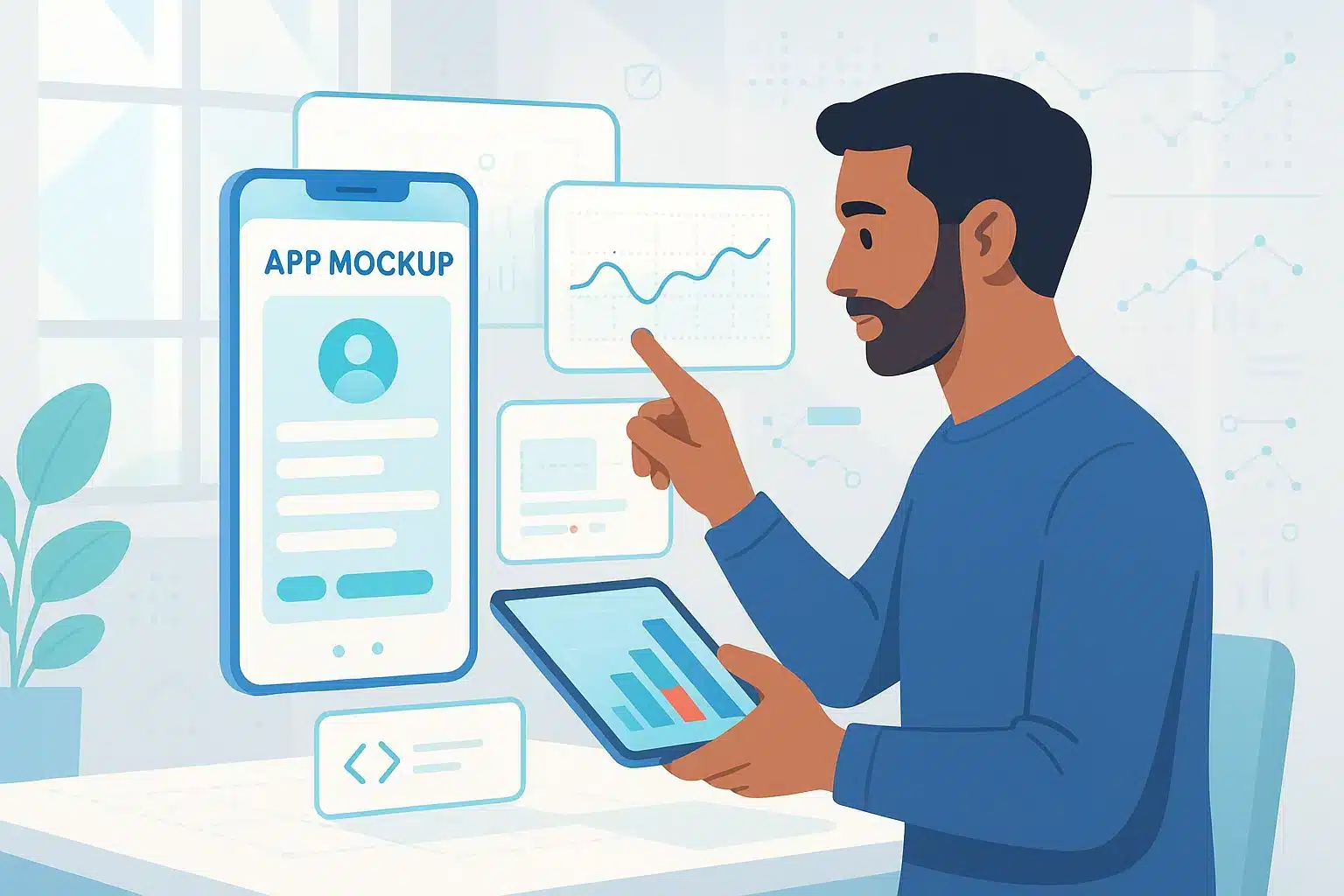
What can really be built with Bubble?
Utilized by thousands of founders, Bubble empowers them to launch their product, test their market… and also manage high-load applications. You’ll find marketplaces, dashboards, SaaS solutions, networking platforms, and even corporate internal management systems.
Concrete examples? Dividend Finance, a company specializing in solar energy financing solutions, constructed its CRM using Bubble. This no-code app has enabled it to process over a billion dollars in loans. The debt repayment assistance platform Qoins also started on Bubble before securing funding. Moreover, Comet, the tech freelance network, generated $800,000 in revenue prior to its initial fundraising, all without a dev team!
The icing on the cake is that Bubble allows you to oversee the entire lifecycle of a web app, from deployment to updates, error management, and performance analysis.
The benefits for entrepreneurs
For project leaders, Bubble acts as an autonomy accelerator. You can transition from idea to functional prototype within days, test assumptions without the need for a tech team, and iterate seamlessly.
Time-to-market diminishes rapidly. A Bubble-conducted internal study reveals that 96% of users significantly shorten their development timeline. Plus, 100% report a cost reduction compared to a traditional dev team. However, it’s about more than just speed. It’s about control. With Bubble, the product doesn’t undergo numerous intermediaries. Founders, designers, project managers… all can interact directly on the platform.
A new idea? It can be tested the next day. A bug? It’s resolved without requiring a sprint. To top it off, due to progressive learning difficulty and a highly active community, you can rapidly enhance your skills. Even non-tech profiles can attain an advanced level… without losing their creative spark.

Limitations to keep in mind
There are scenarios where Bubble meets its limitations, and understanding them from the outset is beneficial. Primary weakness: performance. For apps with extensive real-time data or intensive client-side calculations, Bubble can struggle. It’s not designed to replace a video game engine or a banking system.
Second drawback: SEO. Despite platform improvements in responsiveness and indexing, it is still less effective than a static site or a custom React app in pure search engine optimization. For an ultra-optimized landing page, Webflow might be a better choice.
Third limitation, more structural: vendor lock-in. While your data is exportable, the logic of your application remains bound to the Bubble ecosystem. In the event of migration, a complete rebuild would be necessary elsewhere.
Lastly, regarding pricing, advanced plans can become costly for highly demanding apps. It’s crucial to balance power, performance… and budget.
How much does it cost, and who is it for?
The good news: Bubble.io is free to get started with. Ideal for exploring an idea, prototyping a product, or merely learning no-code logic. But as with any robust platform, access to true performance requires investment.
The Starter plan begins at $29/month, enabling you to publish an app on a custom domain, with server workflows and a solid database. Following this are the Growth plans ($119), Team ($349), and Enterprise (price on request). These plans unlock server capabilities, team collaboration, advanced plugins, and dedicated hosting.
The tool is primarily geared towards early-stage startups, freelancers, agile SMEs, and increasingly… the innovation teams within large enterprises, using it for internal MVPs.
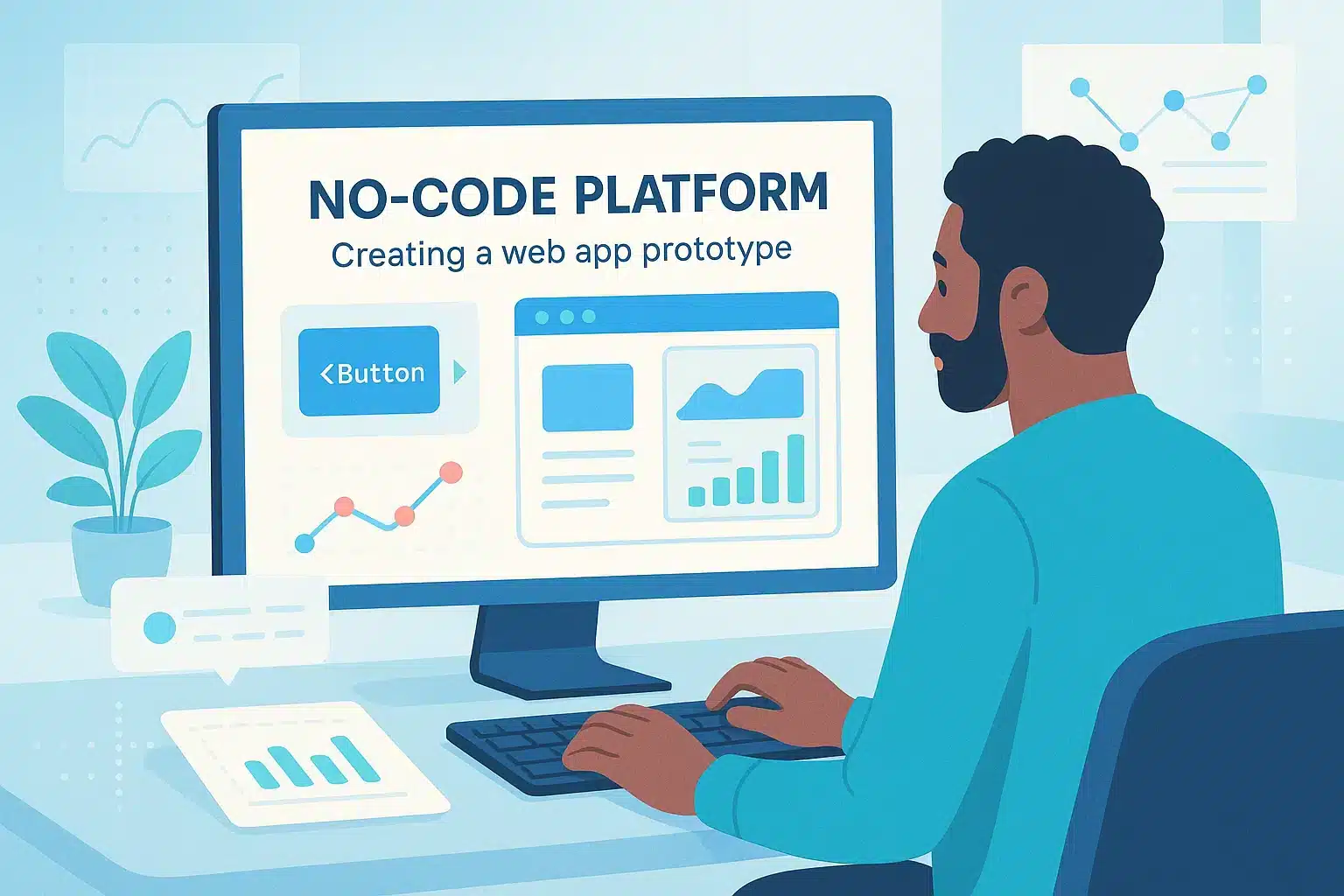
Why is Bubble so appealing in 2025?
The success of Bubble is not solely due to its technical specifications but also to the shift in the era it signifies. The goal isn’t just to develop apps: the aim is to build them, test them, iterate on them, and crucially, to do so without relying on a tech team that’s challenging to recruit. Consequently, the global no-code market is flourishing, with projections reaching $187 billion by the end of 2025 and an annual growth rate of 31%.
At the forefront, Bubble is capitalizing on this momentum. Its popularity remains untarnished, earning a score of 4.6 out of 5 on Gartner Peer Insights with 94% positive recommendations. Today, it supports both independent freelancers’ side projects and complex tech products from enterprises at series A funding stages.
How to learn and master Bubble.io?
Even though Bubble claims to be no-code, it’s not limited to decorative drag-and-drop operations. Using it effectively requires understanding application logic, data structuring, workflow management… Essentially, one must think like a product designer. Fortunately, learning is progressive, and resources are plentiful. The Bubble Academy provides step-by-step tutorials.
Additionally, there are numerous educational YouTube channels and a very active community on the official forum and Discord. However, the most effective way to learn is to participate in a bootcamp or specialized training, particularly for learning how to connect Bubble to AI models, APIs, or external databases.
To delve further? Combining Bubble with data skills or artificial intelligence opens up tremendous opportunities. Building intelligent internal tools, apps enhanced by LLMs, predictive automation… the no-code + AI combo is fast becoming the essential double expertise to have.
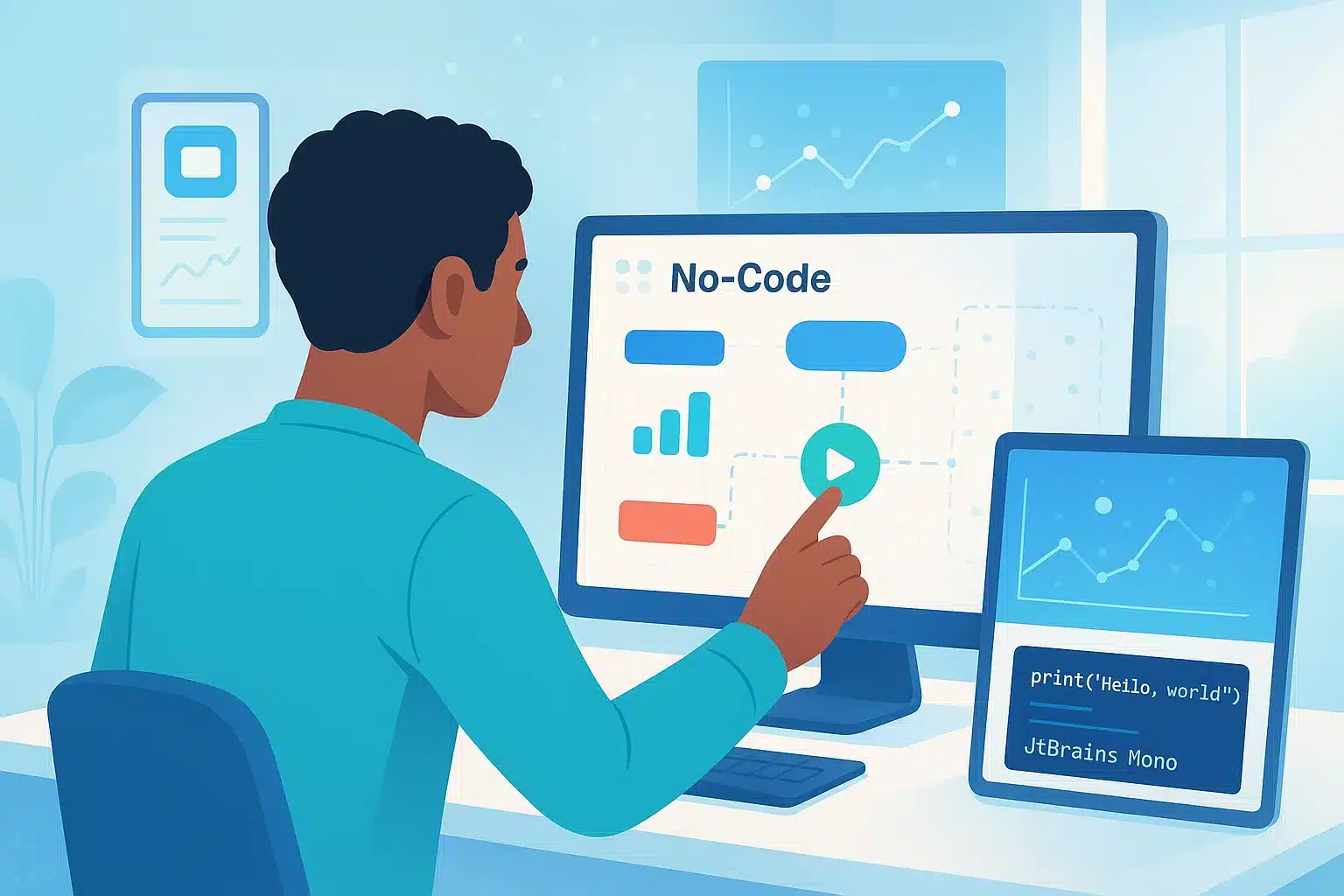
Bubble.io, the no-code tool that exceeds prototyping
By democratizing the creation of web applications, Bubble.io unleashes the creativity of non-tech profiles. Yet, it maintains enough depth for ambitious projects.
In a time where time, budget, and responsiveness have become the cornerstones of digital competition, this platform emerges as a viable alternative to traditional development. Its widespread adoption only attests to its maturity. But to fully leverage the potential of no-code tools like Bubble, having a solid grasp of data and artificial intelligence can make all the difference.
At DataScientest, we offer AI courses tailored for professionals. You’ll learn to grasp the fundamentals of machine learning, deploy predictive models, integrate AI into no-code apps via API, and work with LLMs like GPT or Claude.
Through our practice-oriented training, you’ll be able to quickly expand your skill set, receive a recognized certification, and deploy intelligent solutions with complete autonomy. Our courses are available in Bootcamp, alternation, or continuous learning formats, and are eligible for CPF and France Travail. Discover DataScientest and turn your projects into innovative products!


